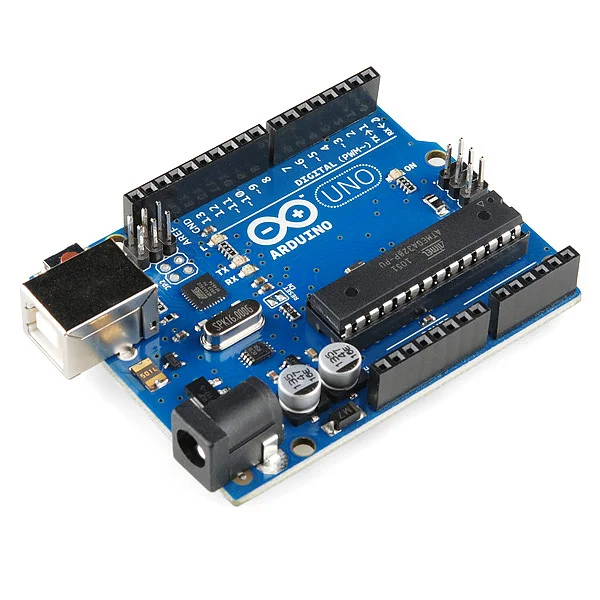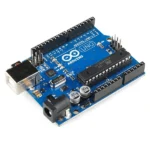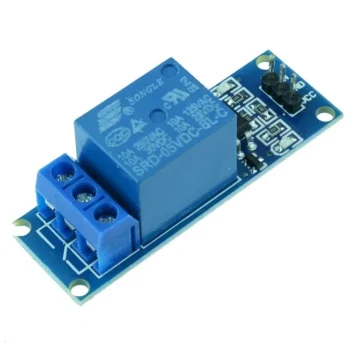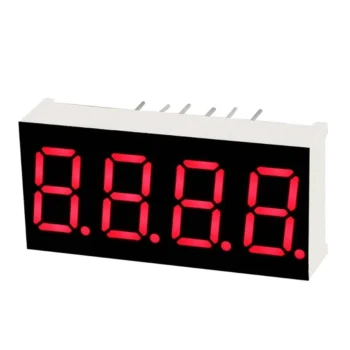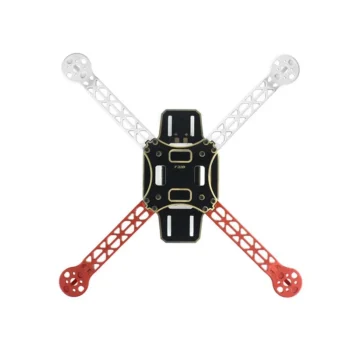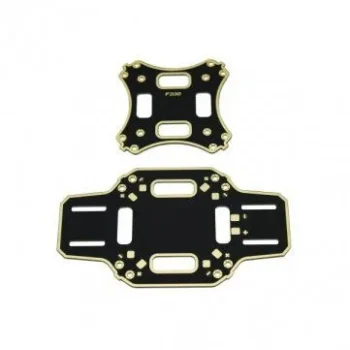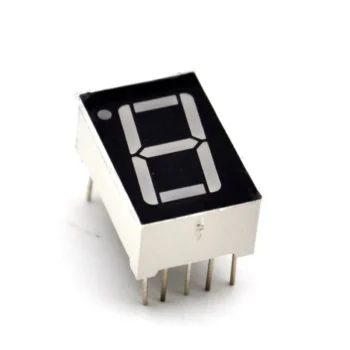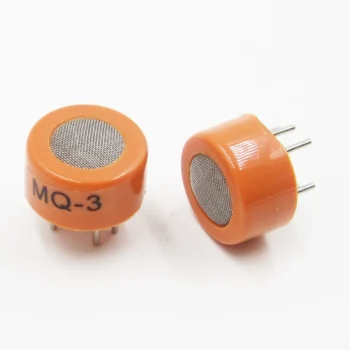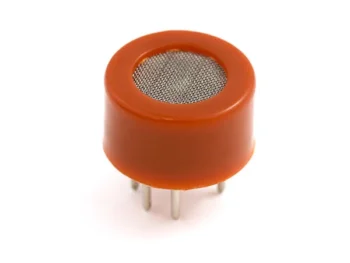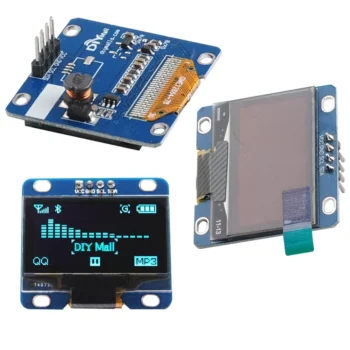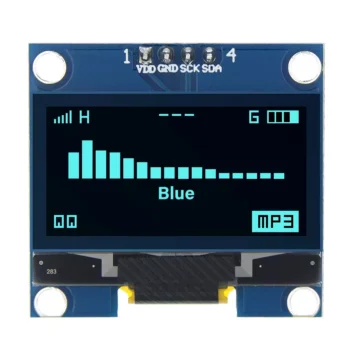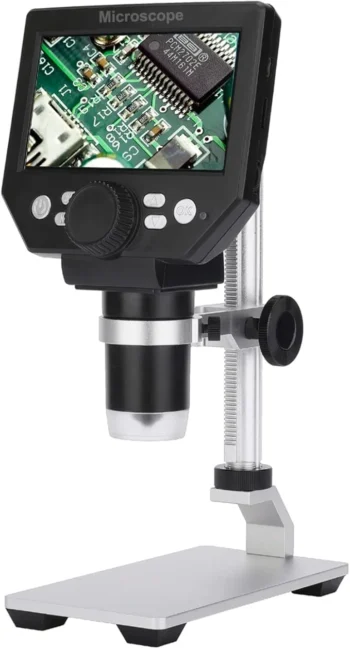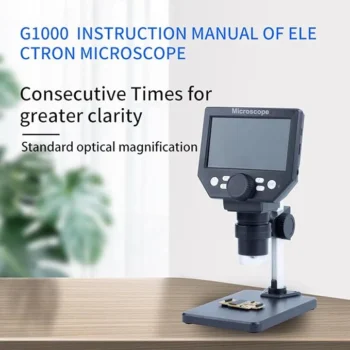ARDUINO UNO R3

The Arduino UNO is the best board to get started with electronics and coding. If this is your first experience tinkering with the platform, the UNO is the most robust board you can start playing with. The UNO is the most used and documented board of the whole Arduino family.
- Livraison & Retour
Livraison
Livraison en boutique GRATUIT
1 à 3 jours ouvrables
À domicile ou en point relais à partir de 400DA
Sur toutes vos commandes en livraison à domicile ou en point relais
Retours
Retour
Nous accepterons les échanges et les retours de vêtements non portés et non lavés dans les 30 jours suivant la date d’achat (14 jours pendant la période des soldes).
Retours en boutique GRATUIT
Votre retour sera généralement traité dans un délai d’une semaine à une semaine et demie. Nous vous enverrons un e-mail de notification de retour pour vous informer une fois le retour effectué. Veuillez prévoir 1 à 3 jours ouvrables pour que les remboursements soient reçus selon le mode de paiement d’origine une fois le retour traité.
- Poser une question
3.100,00 DA
Arduino UNO is a microcontroller board based on the ATmega328P. It has 14 digital input/output pins (of which 6 can be used as PWM outputs), 6 analog inputs, a 16 MHz ceramic resonator, a USB connection, a power jack, an ICSP header and a reset button. It contains everything needed to support the microcontroller; simply connect it to a computer with a USB cable or power it with a AC-to-DC adapter or battery to get started. You can tinker with your UNO without worrying too much about doing something wrong, worst case scenario you can replace the chip for a few dollars and start over again.
The ATmega328P can easily be replaced, as it is not soldered to the board.
The ATmega328P also features 1kb of EEPROM, a memory which is not erased when powered off.
| Board | ||
|---|---|---|
| Name | Arduino UNO R3 | |
| SKU | A000066 | |
| Microcontroller | ||
| ATmega328P | ||
| USB connector | ||
| USB-B | ||
| Pins | ||
| Built-in LED Pin | 13 | |
| Digital I/O Pins | 14 | |
| Analog input pins | 6 | |
| PWM pins | 6 | |
| Communication | ||
| UART | Yes | |
| I2C | Yes | |
| SPI | Yes | |
| Power | ||
| I/O Voltage | 5V | |
| Input voltage (nominal) | 7-12V | |
| DC Current per I/O Pin | 20 mA | |
| Power Supply Connector | Barrel Plug | |
| Clock speed | ||
| Main Processor | ATmega328P 16 MHz | |
| USB-Serial Processor | ATmega16U2 16 MHz | |
| Memory | ||
| ATmega328P | 2KB SRAM, 32KB FLASH, 1KB EEPROM | |
| Dimensions | ||
| Weight | 25 g | |
| Width | 53.4 mm | |
| Length | 68.6 mm | |
| Marque | Arduino |
|---|
Produits connexes
A 5v relay is an automatic switch that is commonly used in an automatic control circuit and to control a high-current using a low-current signal. The input voltage of the relay signal ranges from 0 to 5V.
0.56 inch 4 Digit 7 Segment LED Display Red Clock 12 Pin Common Cathode Digital Display
- Wheelbase: 330mm
- Material: Glass Fiber + Polyamide-Nylon
- Moter Mounting Hole Diameter: 3 mm
- Arm Size: 155×34 (LxW) mm
- Weight: 160 gm
The HW-201 IR infrared obstacle detection module can detect obstacles within a distance range of 2 cm to 30 cm, with a detection angle of 35 degrees.
It can operate with a supply voltage of 3.3 V to 5 V and has a maximum current consumption of 100 mA. The module outputs a digital signal, high when an obstacle is detected, low when no obstacle is detected.
The infrared LED has a wavelength of 940 nm and an operating frequency of 38 kHz. The module operates at temperatures between -25 °C and +55 °C.
The Arduino Mega 2560 is a microcontroller board based on the ATmega2560. It has 54 digital input/output pins (of which 15 can be used as PWM outputs), 16 analog inputs, 4 UARTs (hardware serial ports), a 16 MHz crystal oscillator, a USB connection, a power jack, an ICSP header, and a reset button.
Seven-segment display (5611AH):
- The 7-segment displays consist of a series of LEDs placed to form numbers.
- A 7-segment display allows you to view the digits from 0 to 9.
- Typical voltage: 2.2v / Current per segment max: 30mA
The MQ3 analog gas sensor is suitable for detecting alcohol; this sensor can be used in a breathalyzer.
It has high sensitivity to alcohol and low sensitivity to gasoline.
The sensitivity can be adjusted using a potentiometer.
Arduino Nano has enough processing power to control many electronic components. It has several I/O pins, which allows to connect it to many components. , it is a compact and reduced version of Arduino uno maroc.
Arduino Nano has 14 digital inputs/types (6 of which can be used as PWM outputs), 8 analog inputs.
1.3-inch OLED display module with a 128×64 pixel resolution and a blue monochrome screen. It uses an I2C/IIC interface for communication, requires a 4-pin connection, and is compatible with 3.3V to 5V microcontrollers like the Arduino. Key features include high brightness, self-emission (no backlight needed), high contrast, low power consumption, and a wide viewing angle
The ESP32-CAM is an ESP-WROOM-32 development board from AI Thinker, paired with a 2MP OV2640 color camera. The ESP32-CAM module also features an SD card reader that can be used to record images when an event is detected (e.g., presence or motion detector).
- Magnification: Up to 1000X for fine details.
- LCD Screen: Large 4.3-inch screen for clear viewing.
- Resolution: 10MP for sharp, detailed images.
- LED Light: Built-in light for better visibility.
- Versatile: Ideal for observing various samples.
MODULE compatible Arduino to control 4 motors DC or 2 stepper motors and have 2 connections for servomotors. This shield uses pins D3 to D12 for operation (direction, speed, etc).
The module is based on two L293D drivers and can control up to 4 DC motors with an intensity of 0.6 A per output (1.2 A at peak).
